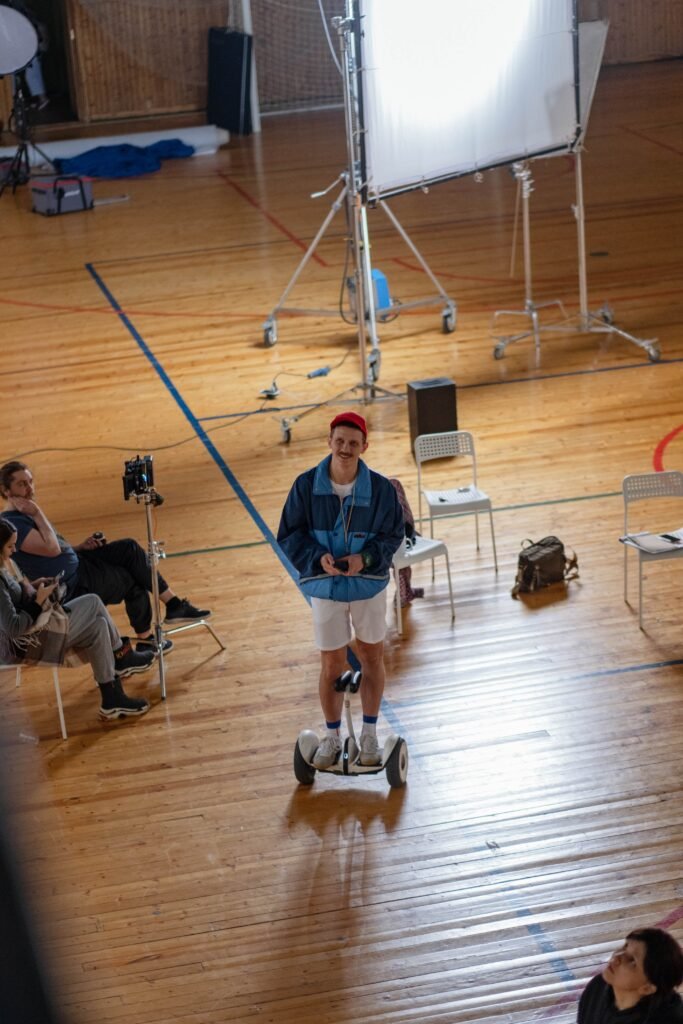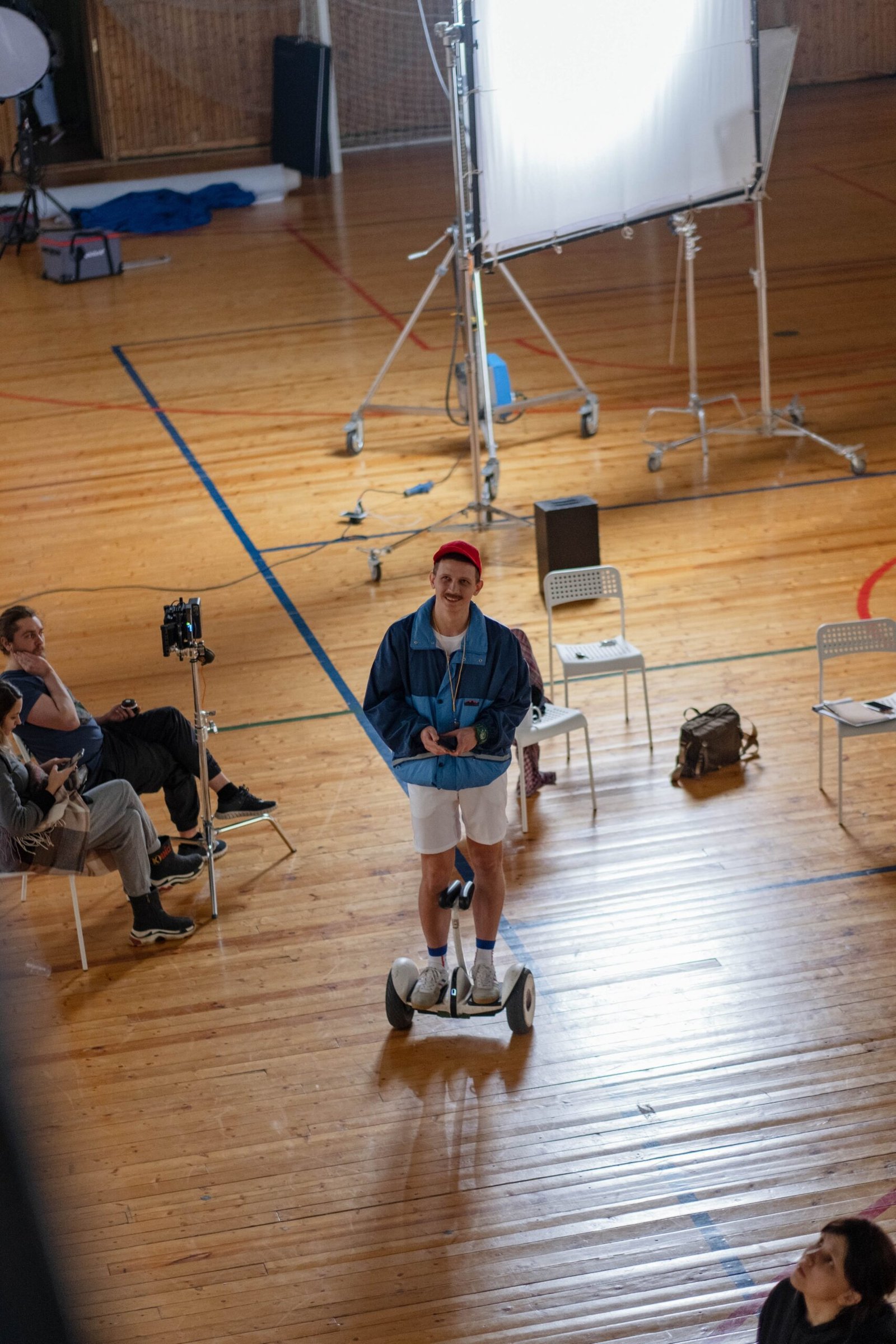If you’re experiencing any problems with your hoverboard’s performance, you’re not alone! It’s not uncommon to encounter issues while riding or maintaining your hoverboard, but don’t worry, troubleshooting them can be easy. In this article, we’ll guide you through some common problems that hoverboard owners face and provide simple solutions to help you get back on your feet in no time. From battery and balancing issues to connectivity and motor problems, we’ve got you covered. So, if you’re ready to improve your hoverboard riding experience, let’s get started!

Why is my hoverboard not turning on?
If your hoverboard is not turning on, there are a few potential issues to consider. First, check the power switch. Make sure it is turned on and functioning properly. Sometimes, the power switch can become faulty or get stuck, preventing the hoverboard from turning on.
Next, inspect the battery connection. Ensure that the battery is securely connected to the hoverboard. If the connection is loose or damaged, it can cause issues with powering on the hoverboard. Try disconnecting and reconnecting the battery to ensure a proper connection.
Lastly, examine the charging port. If the hoverboard is not turning on even when it is plugged into a power source, there may be an issue with the charging port. Inspect the port for any debris or damage. Clean out any dirt or debris and make sure the charging cable is securely connected.
My hoverboard is not charging properly
Having trouble with charging your hoverboard? Here are a few troubleshooting steps to consider. First, check the power source. Ensure that the power outlet or charging station you are using is functioning properly. Test the outlet with another device to rule out any electrical issues.
Inspect the charger. Check for any visible damage or loose connections. If the charger appears to be damaged, it may need to be replaced. Additionally, verify that the charger is compatible with your hoverboard model. Using an incompatible charger can lead to charging problems.
Examine the battery. If the battery is old or worn out, it may not hold a charge effectively. Consider replacing the battery if it is showing signs of degradation. It’s also important to note that extreme temperatures can affect the battery’s performance. Avoid exposing your hoverboard to extremely hot or cold conditions, as it can impact charging efficiency.
The hoverboard does not maintain balance
Maintaining balance is crucial for a smooth and enjoyable hoverboard experience. If your hoverboard is having trouble staying balanced, try calibrating it. Calibration resets the internal sensors and can often resolve balance issues. Consult your hoverboard’s user manual for specific instructions on how to calibrate it.
Check the gyro sensors. The gyro sensors are responsible for detecting changes in balance and movement. If these sensors are not functioning properly, it can lead to balance problems. Inspect the sensors for any damage or blockage. Clean them carefully using a soft cloth or brush, if necessary.
Inspect the foot pads. The foot pads provide stability and control while riding the hoverboard. If they are worn out or damaged, it may impact the hoverboard’s ability to maintain balance. Ensure that the foot pads are intact and securely attached to the hoverboard. Consider replacing them if needed.
Why does my hoverboard shake or vibrate?
Experiencing shakes or vibrations while riding your hoverboard can be concerning. Here are some steps to troubleshoot this issue. First, inspect the wheels. Check for any signs of damage or misalignment. If a wheel is wobbling or not spinning smoothly, it may need to be tightened or replaced. Adjust any loose screws or bolts.
Check for loose components. Vibrations can occur if any parts of the hoverboard are loose. Carefully inspect the hoverboard for any loose screws, bolts, or connectors. Tighten any loose components to ensure stability and reduce vibrations.
Verify the tire pressure. Incorrect tire pressure can cause vibrations. Consult your hoverboard’s user manual for the recommended tire pressure and use a gauge to check the current pressure. If necessary, inflate or deflate the tires to the appropriate level.

My hoverboard is making strange noises
If your hoverboard is making unusual noises, it could indicate an underlying issue. Here are some steps to diagnose the problem. First, examine the motor. Noises such as grinding or whining may suggest motor issues. Inspect the motor for any visible damage or signs of wear. If the motor appears damaged or is making abnormal sounds, it may need to be replaced.
Check the bearings. Bearings are responsible for smooth rotation of the wheels. If the bearings are worn out or damaged, they can produce strange noises. Give the wheels a spin and listen for any unusual sounds. If you suspect an issue with the bearings, consult a professional for repair or replacement.
Inspect the frame. Loose or damaged parts within the frame can cause rattling or clunking noises. Carefully examine the frame for any loose screws, bolts, or other components. Tighten any loose parts or consider seeking professional help for repairs.
The hoverboard does not respond to commands
If your hoverboard is not responding to commands, it can be frustrating. Here are some troubleshooting steps to try. First, restart the hoverboard. Turn it off completely, wait for a few seconds, and then turn it back on. This can help reset any temporary glitches or issues.
Check the controller. Ensure that the controller is connected properly and has fresh batteries. Sometimes, a weak or malfunctioning controller can prevent the hoverboard from responding to commands. Consider replacing the controller if necessary.
Inspect the wiring. Loose or damaged wiring can disrupt the communication between the controller and the hoverboard. Carefully check the wiring connections for any signs of damage or disconnection. If you notice any issues, consult a professional for repair or replacement.

Why is my hoverboard losing power quickly?
If your hoverboard is losing power quickly, there are a few factors to consider. First, check the battery level. If the battery is low, it may not provide enough power for an extended ride. Charge the hoverboard fully and monitor the battery level during use.
Inspect the battery condition. Over time, batteries can degrade and lose their efficiency. If the battery is old or showing signs of deterioration, it may need to be replaced. Consider consulting a professional for battery replacement or repair.
Adjust riding habits. Riding at high speeds or on challenging terrain can put more strain on the battery, causing it to drain quickly. Try reducing your speed and avoiding rough surfaces to conserve battery power. Additionally, avoid frequent acceleration and deceleration, as it can impact battery life.
My hoverboard is not riding smoothly
If your hoverboard is not providing a smooth ride, it can affect your overall experience. Here are some steps to address this issue. First, examine the wheel alignment. Misaligned wheels can cause instability and an uneven ride. Check the alignment of each wheel and adjust if necessary. Consult your hoverboard’s user manual for specific instructions.
Check for debris on the foot pads. Small rocks, dirt, or other debris can accumulate on the foot pads, affecting traction and causing a bumpy ride. Clean the foot pads regularly and ensure they are free from any obstructions.
Verify the hoverboard’s weight limit. Exceeding the weight limit specified by the manufacturer can strain the hoverboard’s motors and suspension system, resulting in a less smooth ride. Make sure you are within the weight limit recommended for your hoverboard model.

The hoverboard’s LED lights are not working
If the LED lights on your hoverboard are not functioning, here’s how you can troubleshoot the issue. First, check the LED connections. Ensure that the LED cables are properly connected to the circuit board. Sometimes, loose or damaged connections can cause LED malfunctions. Gently reconnect any loose cables or connectors.
Inspect the LED circuit board. Look for any visible damage or signs of wear on the circuit board. If the circuit board is damaged, it may need to be replaced. Consult a professional for repair or replacement of the LED circuit board.
Replace faulty LEDs. If specific LEDs are not working or are dim, they may be faulty. Depending on your hoverboard model, you may be able to replace individual LEDs. Consult your user manual or contact the manufacturer for guidance on how to replace faulty LEDs.
Other troubleshooting tips for hoverboards
In addition to the specific issues mentioned above, here are some general troubleshooting tips for hoverboards.
Perform a firmware update. Manufacturers often release firmware updates to improve performance and address known issues. Check the manufacturer’s website or contact their support for any available firmware updates and follow their instructions to install them.
Reset the hoverboard. Sometimes, a simple reset can resolve minor software or hardware glitches. Consult your hoverboard’s user manual for instructions on how to perform a reset. This typically involves holding down certain buttons or switches for a specific duration.
Contact tech support. If you have tried all the troubleshooting steps and your hoverboard is still experiencing issues, it may be time to reach out to the manufacturer’s technical support. They can provide personalized assistance and guide you through further troubleshooting or potential repairs.
Remember, safety should always be a priority when troubleshooting your hoverboard. If you are unfamiliar with any steps or unsure about performing certain tasks, it’s best to consult a professional or contact the manufacturer for assistance. Happy riding!


